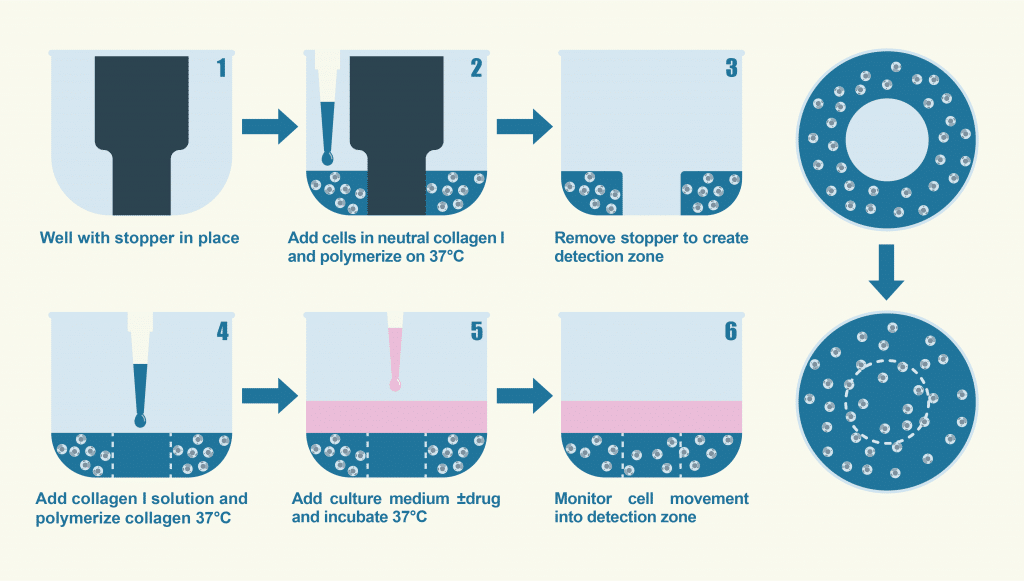Critical Benefits of Cell Invasion Assays
Cell-based assays are crucial for analyzing cell health, cytotoxicity, invasion, migration, and many other biological and drug-discovery applications and cancer research. A cell invasion assay is one of many different types of assays. It measures cell movement across extracellular boundaries and how single cells respond to various chemo-attractants. This blog post will provide an overview of the critical benefits of cell invasion assays.
What are Cell Invasion Assays?
Cell invasion assays are frequently used in cancer research, especially with cell migration assays. They provide a flexible, high-throughput method for analyzing cell movement and the mechanisms behind how cells invade others1. To further understand how cells move around, especially cancer cells, scientists can change cell culture conditions to monitor what encourages or hinders cell invasion.
What Are The Benefits Of Cell Invasion Assays?
Cell invasion assays boast many crucial advantages to cancer and other scientific research. In 2020, it was estimated that there were 18.1million cancer cases worldwide2, and these numbers continue to rise. Therefore, scientists must be able to investigate how cancer cells invade and migrate through cell migration and invasion assays to continue developing effective treatments.

There are significant benefits of using cell invasion assays in cancer research and other applications, and include some of the following points:
- Identify what types of cells respond to chemo-attractants
- Monitor cell movement in 3D
- Quantify various factors of cell invasion
- Quantify in vitro cell invasive through membranes or cells
- Understanding the mechanisms behind cells that lead to metastasis
Many cell invasion assay protocols are quick and straightforward to use, with the added benefit of results being produced in real time.
Cell Invasion Assays With Platypus Technologies
Platypus Technologies has developed assays to measure how cells invade and migrate, which is crucial in cancer cell research. Through our migration and invasion assay kits you will be able to achieve higher levels of accuracy, precision and reproducibility in your experiments.
Our Oris™ 3D Cell Invasion Assay is a 96-well plate platform with ‘stopper’ barriers for use in cell migration experiments. Once the stoppers are removed, the cells can migrate into the dedicated detection zone. Additionally, the Oris™ allows for the rapid quantification of cell invasion throughout your experiment, and can be used for cancer research, drug discovery and wound healing studies.
A typical experiment will follow the following steps:
- Add cells to wells
- Incubate in a collagen matrix for cell attachment
- Remove the stoppers and add collagen
- Cells migrate into the Detection Zone
- Record cell data
Contact us today for more information about our Oris™ 3D Cell Invasion Assay or its applications.